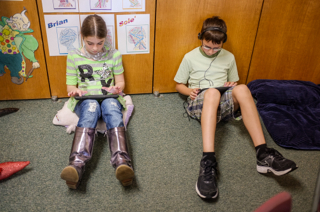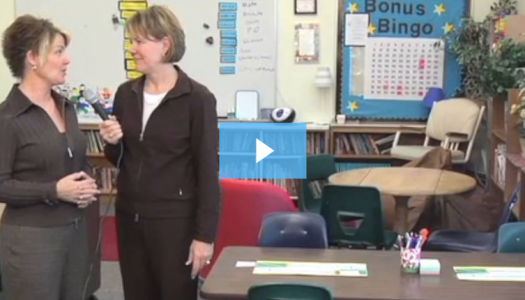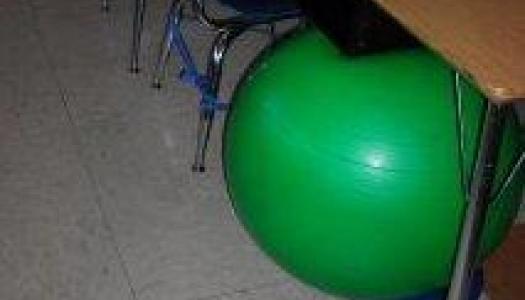What? Not Everyone Has a Desk?
Join Our Community
Access this resource now. Get up to three resources every month for free.
Choose from thousands of articles, lessons, guides, videos, and printables.
We are often asked why we don't have a desk for each student in our rooms. Removing half of the traditional seating spaces is a stark contrast to what we grew up with. However, having a desk for every student takes up so much valuable classroom space that it usually prohibits a gathering space. A desk for every student also severely limits seating options.

Think about the last time you read a book with stamina. Were you sitting at the dining room table? Some of you will answer that question with a yes. However, the majority of us choose alternative places to read - on the floor, leaning against a bookshelf or wall, sitting on the couch. We have found that teaching children to learn about themselves, where they are able to sustain and have stamina and where they can work without bothering or being bothered by others is an important step in fostering a high level of independence.
That's why our rooms have a few desks, a few low tables for floor seating, a few pillows for leaning against the wall, a few tables for group seating in chairs, a few desks for students who prefer to be alone, and even a couple higher desks for students who prefer to stand.
If change that drastic is beyond your comfort zone or you are required to have a desk per student, it is important to keep in mind the fit of both desk and chair.
An Occupational Therapist sent the following e-mail to the entire staff of a friend's school:
Caution: it is very important to have students sitting with a good base of support. Feet need to be planted on the floor with their knees at 90 degrees. If you have squirmers, their chair height may be a contributing factor. It is equally important to have desks not too high. The top of the writing surface should be 2" above the bottom of their elbow when their arm is bent at 90 degrees. I was in a 3rd grade classroom today and observed that almost all the desks and chairs were too high. When students sat back with their backs resting against the back of the chair their feet were off the floor. Students were either scooting forward, wrapping their feet around the chair legs, swinging their feet, or sitting on their feet.
So if you have some persistent squirmers in your room, you may want to think about either giving them a choice of alternative places to sit, or check out the size of their chairs and desks.







